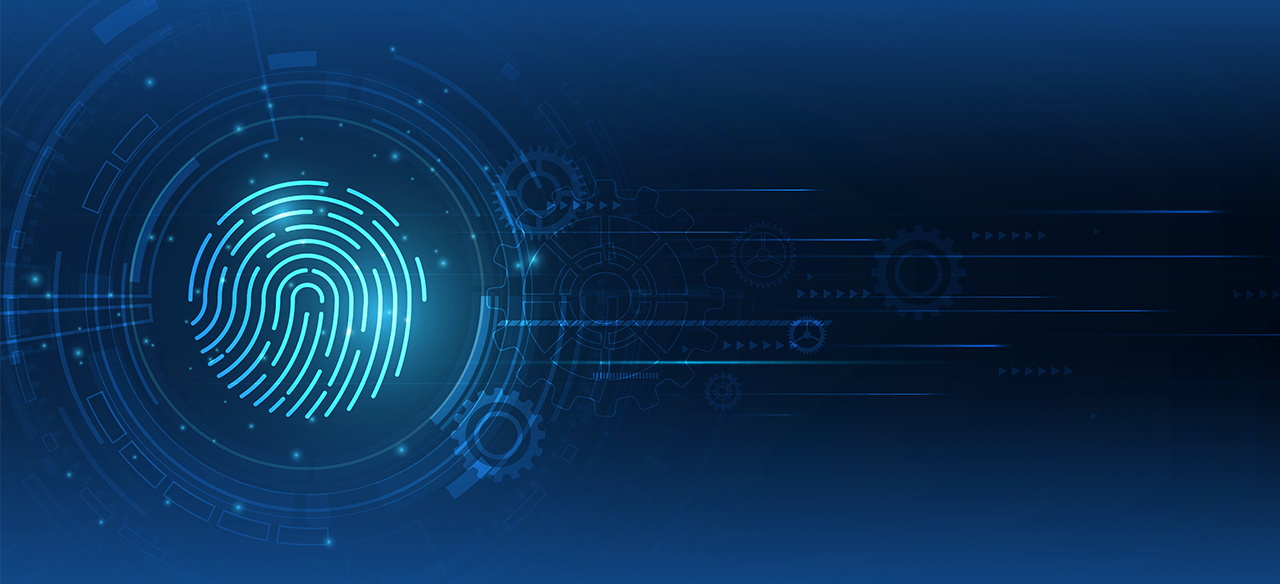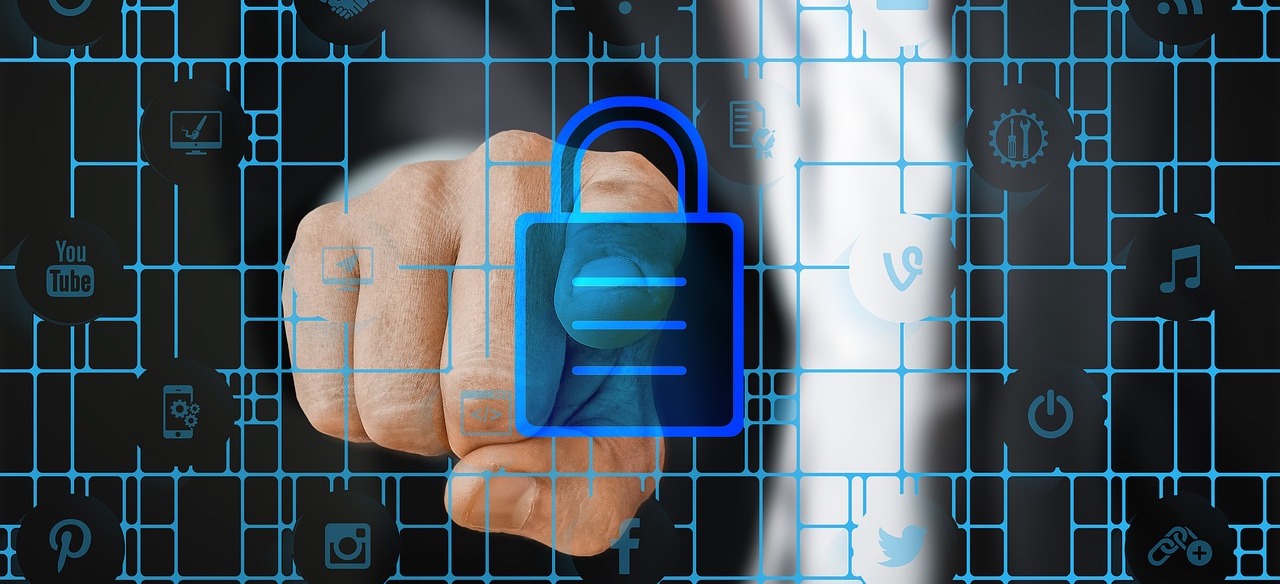Can Fingerprints Change Over Time?
Smart Eye Technology
Table of Contents
Can Fingerprints Change Over Time?
For the past decade, various forms of biometric identification have emerged as the most secure means of verifying human identity. One of the main reasons why they are preferred by many people and even businesses is because they are cost-effective, distinct, and easy to manage.
As biometric technology improves, it has made its way into our everyday lives. Without even paying attention to it, we use it multiple times every day. Whether you’re using a fingerprint scan to clock in at your workplace, to unlock your phone, or to open a door, biometric authentication is becoming more and more ubiquitous with each passing year.
One of the reasons for this popularity is that biometric technology provides a high measure of security at a relatively low cost. People are always losing their keys or ID cards or forgetting their passwords, PINs, or patterns. With biometric recognition technology, they don’t have to worry about the cost of having these things made again and again nor do they have to face the inconvenience of resetting their passwords, PINs, or patterns again and again. This technology is the perfect combination of convenience, low cost, and high security all rolled into one package.
Biometric Technology and Fingerprint Identification
When it comes to biometric modalities, fingerprint authentication has a long history of use cases. There are a number of reasons why fingerprint scans were among the earliest forms biometric authentication systems.
Fingerprint authentication has been used in one form or another since the 19th century. As a result, most people are already aware that fingerprints can be used as a unique identifier. That translates into less resistance to adopt fingerprint scanners as a means of verifying identity. On a purely psychological level, people are accustomed to using their hands to open doors, enter passcodes, or manipulate keys, so placing their thumb on a scanner comes more naturally to them than some other forms of biometric verification. This familiarity also comes from popular culture. Thanks to television and film, most people recognize this technology while the other modalities have just started to become more common.
Despite the ubiquity of fingerprint scans, other forms of biometric authentication, like iris recognition, facial recognition, or voice recognition, are becoming more common and well-accepted by consumers. Many mobile phone users, for instance, are already using facial recognition for their lockscreen security measure instead of fingerprint scans.
Are All Fingerprints Truly Unique?
The answer is yes. According to a study done on the stability of fingerprints, the ridge pattern on the fingertips of an individual is made before birth. During the first trimester of pregnancy, the fingertips already have established patterns that symbolize a person’s uniqueness.
As children grow, these ridges become more visible and grow apart to form a proper sequence of identification. The reason is due to the skin becoming more and more elastic as time goes by. This means that its genetic biometric pattern can change once the child gets older.
Experts say that if a child’s fingerprint is enrolled to prove their identity, the fingerprint pattern will only work until they mature. Once they are older, the fingerprint will no longer be useful. After the age of 12, the child has stable fingerprints that last for a long period of time.
Can Fingerprints Change?
As we age, our fingerprint ridges wear out and become more spaced out than before. The pores of our skin also become less lubricated, which affects the surface of the fingertips. It also means that fingerprints may be affected.
Fingerprint ridges of aged individuals are not really different from the ones sampled when they were young, but they do become less rigid. In these situations, it could be a challenge for biometric scanners to read them properly and identify whether the fingerprints belong to the same person or not. However, it’s extremely unlikely that any biometric authentication system will have fingerprint scans old enough for this to be a practical concern. Most scans are a few years old at the most, and they would need to be several decades old for there to be any issue with matching.
Other than age, there are various other factors that can cause fingerprint patterns to change. A permanent scar, for instance, can cause someone’s fingerprint to look significantly different and may cause a serious impact on recognition. In this case, a re-enrollment scan can account for the change, making the scar itself a distinguishing biometric feature.
Can Fingerprints Change Due to Heavy Work?
In the short term, yes, but those changes are often temporary. People who perform manual labor that exposes their fingertips to abrasive or corrosive surfaces may be at risk of losing some fingerprint details over time. However, according to experts, once the heavy work has stopped completely, the ridges on the fingers will grow more prominent. Even in instances where the fingerprints are burned away with acid, they usually end up growing back. As with scarring, the burn marks can even become an identifying marker. In short, in cases other than natural diseases and old age, the change in fingerprint patterns is temporary.
Can Fingerprints Change Due to Disease?
While not particularly common, it is possible. There are certain skin diseases that destroy the dermis and epidermis layer of the skin. As a result, it becomes very difficult for fingerprint recognition systems to recognize the prints of these individuals. Adermatoglyphia is an extremely rare genetic disorder that causes a person to have no fingerprints. People with this disorder have completely smooth fingertips, palms, toes, and soles.
Although fingerprint patterns may tend to change over time, these changes are typically very gradual except for instances involving severe accidents. While it’s possible that a biometric record collected today may not match a scan taken 30 years from now, that’s hardly a cause for serious concern since most organizations will be continually updating their biometric databases every few years. It’s also possible that biometric authentication technology will continue to improve to the point where it can account for such changes with machine learning software.
Don’t Rely on Fingerprints Alone
Although fingerprints are a highly effective biometric modality, the best security and privacy solutions take a multi-factor approach that leverages more than one form of biometric data. That’s why Smart Eye Technology allows users to require multiple forms of authentication before allowing someone to gain access to essential files or documents. Even after they’ve gained access, our continuous facial recognition technology ensures that no one else is able to review sensitive information.
To learn more about how we’re revolutionizing biometric authentication, sign up today for a LIVE demo or download a FREE trial of the Smart Eye app today for a first-hand look.
More to explorer

How to Remove a Hacker From My Phone - Complete Guide
How to remove a hacker from my phone - Best tools and solutions Remember when phones existed to make phone calls? Today,

How To Create an Electronic Signature (Authenticated)
In today’s world, it’s become common to conduct a significant amount of business online. You schedule Zoom meetings, attend conferences, and meet

10 File Security Best Practices You Need In Your Company Policy
In today’s world, where everything is done digitally, information is stored in the cloud, and data breaches can literally destroy a business,
